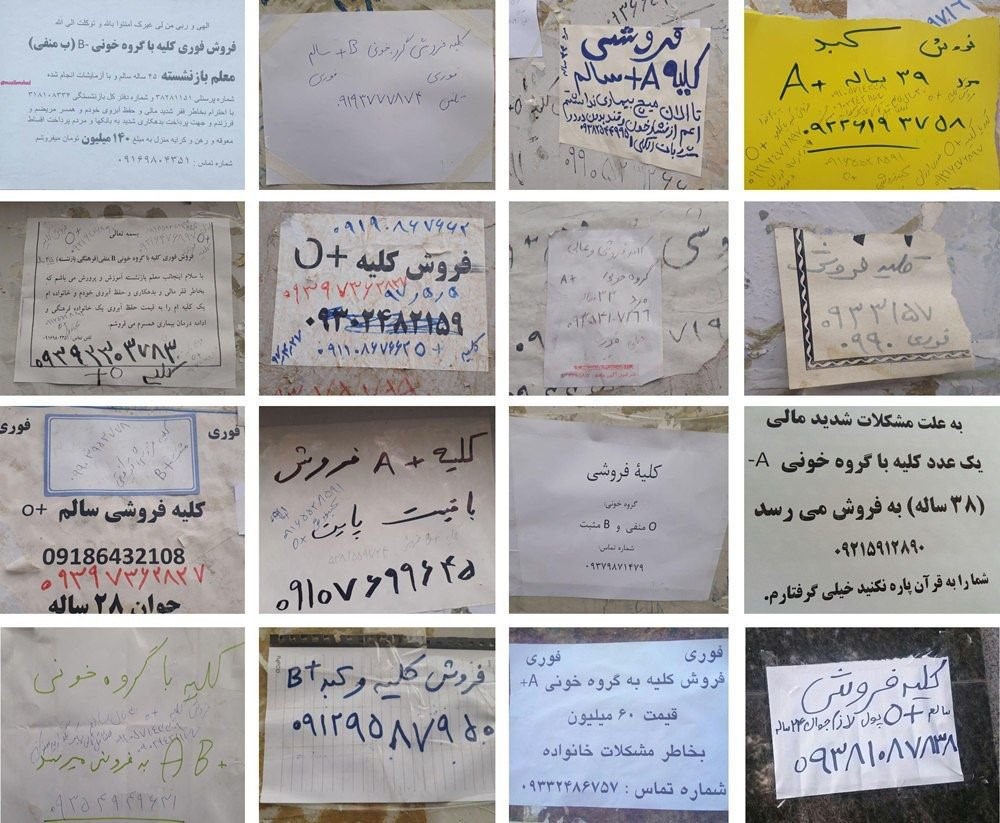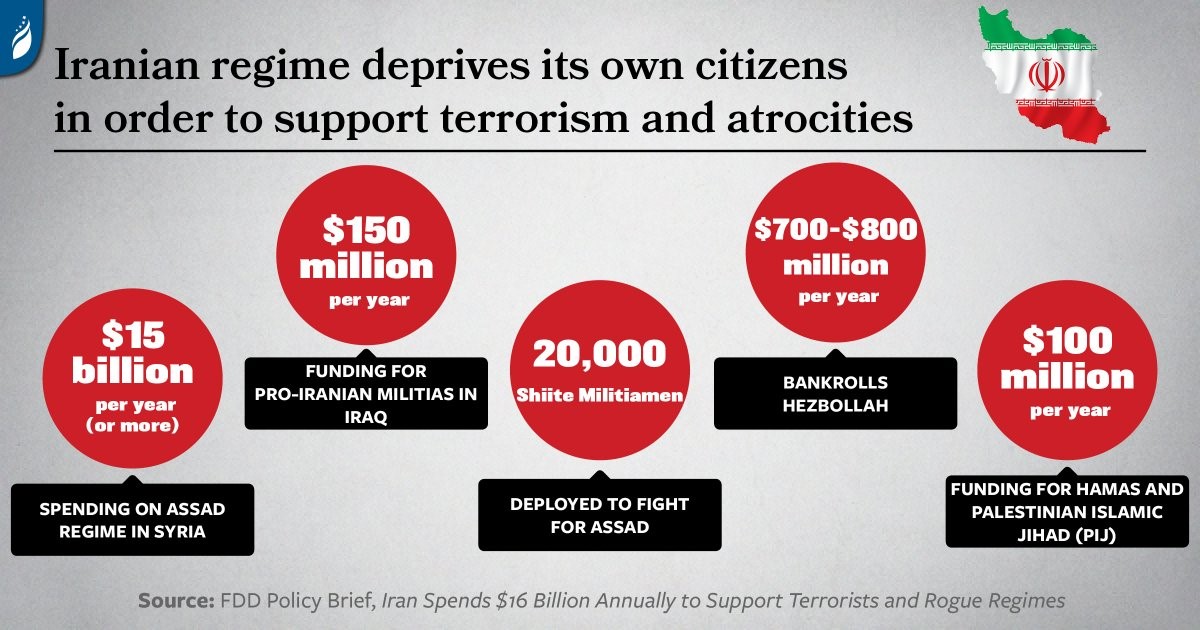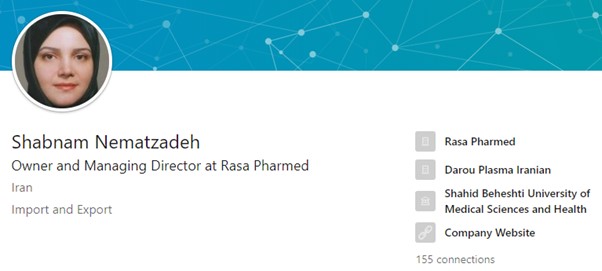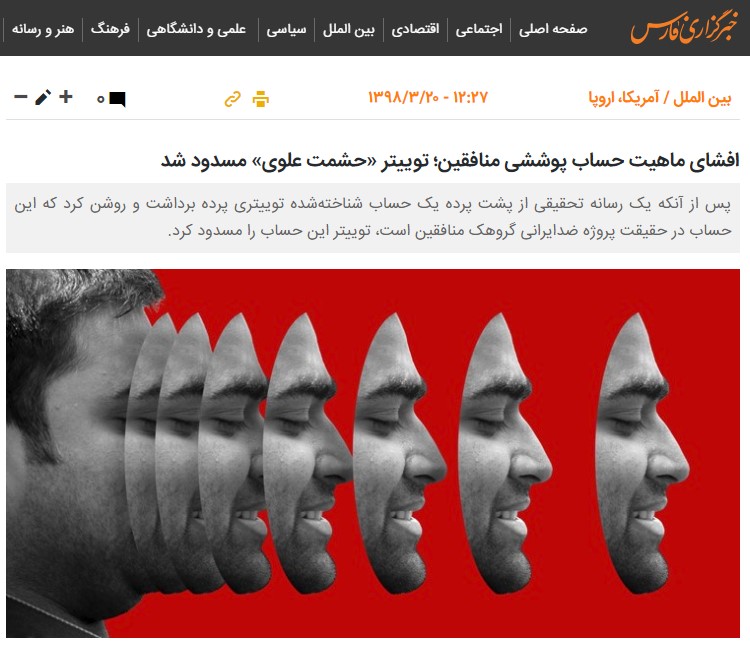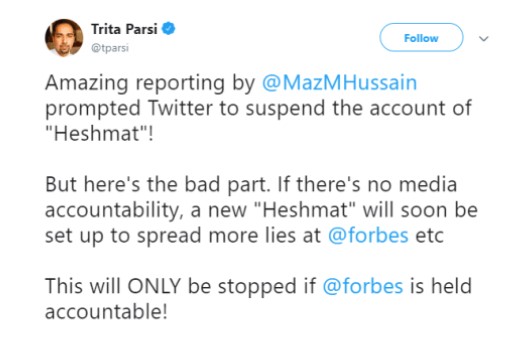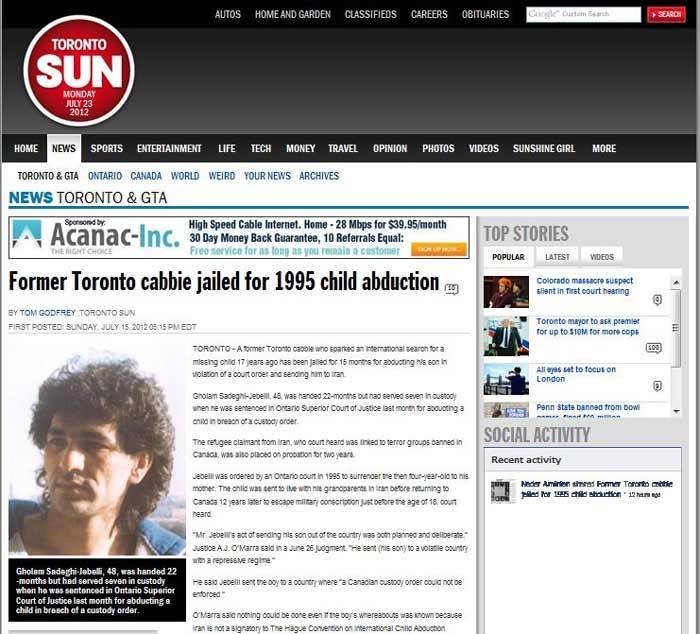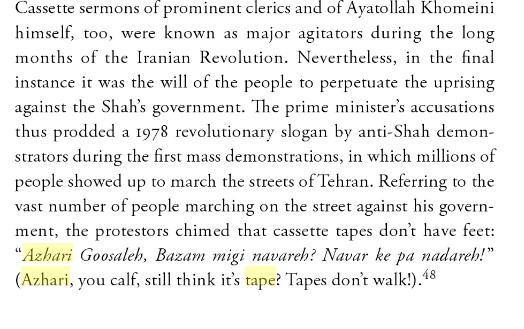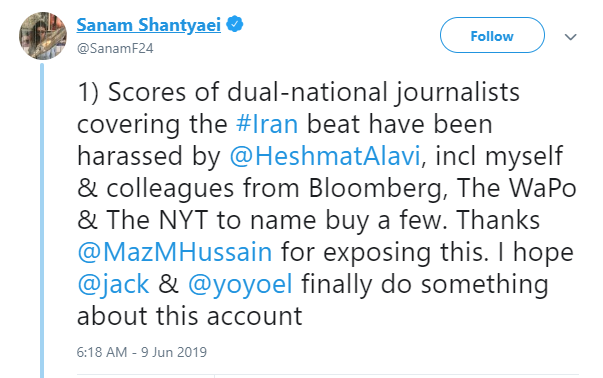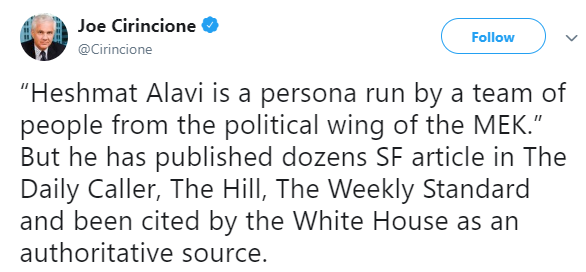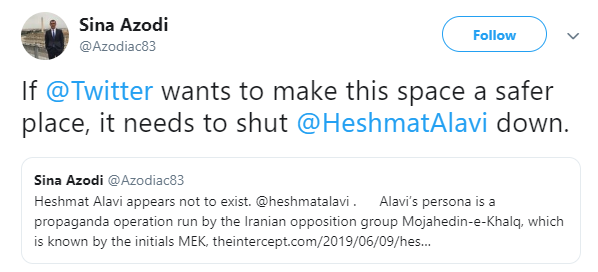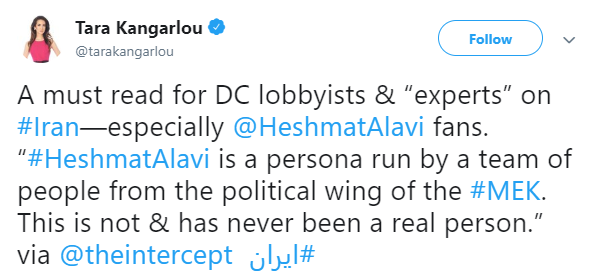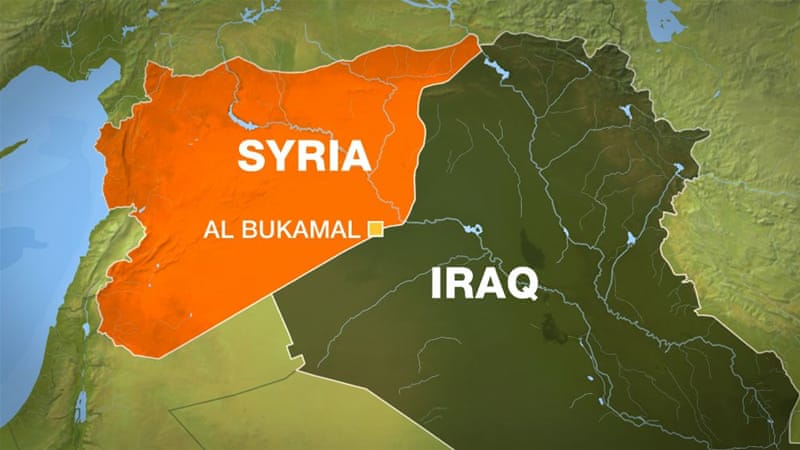Remarks made by Iranian Foreign Minister Mohammad Javad Zarif at a press conference on August 5, followed by remarks by the regime’s government spokesman Ali Rabie shed interesting light into the mullahs’ inner apparatus. Their words also raise interesting questions:
-Why are Iranian officials and state media going the distance in praising Zarif these days?
-What role does Zarif play in the mullahs’ regime?
-And why are Iranian officials making such a fuss about Zarif’s sanctioning?
Zarif’s main argument
Zarif is accusing the U.S. of not being honest: Washington claims to seek negotiations while they sanction both Zarif – the regime’s main negotiator – and Supreme Leader Ali Khamenei, the figure who calls all the shots in Tehran.
On August 6, when Iranian President Hassan Rouhani visits the Foreign Ministry and meets with senior officials, he refers to this very issue. “You say you want to negotiate. You know our constitution. We cannot enter negotiations without the Supreme Leader’s notice. Then why did you sanction Khamenei?”
In other words, both Zarif and Rouhani attempted to portray the U.S. as the party to blame for closing the path to talks.
Expiration date
It is interesting that on the one hand Khamenei describes any talks and negotiations as a “deadly poison,” while Rouhani uses the word “negotiations” a whopping 40 times in his recent remarks.
Of course, Rouhani does understand that any negotiations in the current circumstances, with the U.S. placing 12 conditions before Tehran, are tantamount to the mullahs’ digging their own graves. In fact, despite using the word negotiations 40 times in his remarks, Rouhani does not forget to emphasize to the U.S., “We have no negotiations with you!”
“You are aware of our constitution. You know that fundamental decisions are made by [Khamenei], including the subject of negotiations. You know that the Foreign Minister is the administrative arm in such talks. Therefore, when you sanction both figures, there’s no longer any room for negotiations,” he continued.
This praising of Zarif, alongside Zarif’s own remarks, are aimed at cloaking the undeniable reality that following Zarif’s sanctioning, the entire Iranian regime has received a significant blow and suffered an unprecedented setback. Not only is it now revealed that the U.S. has no hopes in this or that faction of the regime, sanctioning the foreign minister discredits the regime’s diplomatic apparatus across the globe.
As a result, Zarif’s expiration date has expired and if Khamenei has it in his power, he should think about replacing him as he is no longer useful for the regime. One can also argue Zarif could be counterproductive, a constantly being a reminder of sanctioned figure representing the mullahs’ regime.
The main crisis now engulfing the regime, however, is crippling economic sanctions imposed by the U.S. that are targeting the regime and Revolutionary Guards (IRGC). What Tehran needs now is a lifeline from this economic suffocation and Zarif can no longer be of any use in this regard.
Internal turmoil
U.S. sanctions against the regime in Iran were reinstated in November of last year. Tehran was counting on eight oil sanctions exemptions and exporting 1.1 million barrels of oil per day to remain intact. This loophole was plugged in May of this year when all oil waivers were brought to an end. A short while later Iran’s exports dropped to 500,000 bpd, then to 300,000 bpd, and now reports indicate Iran’s vital oil exports have dwindled down to 100,000 bpd.
The status quo, parallel to a highly restive society, poses a very lethal threat to the mullahs’ regime. There is a high potential of a new uprising mirroring that of December 2017 / January 2018, when people in over 140 cities across Iran rose up against the entire regime apparatus. Experts inside Iran have said time and again that a repeat of such a scenario would be far more devastating for the ruling elite and the IRGC.
A short while ago Rouhani said the government employs around five million people. The country has 15 million workers and the government can only provide for a 20 percent raise in wages, he added. All the while, inflation at its lowest is calculated to be over 40 percent and food prices are witnessing an inflation of over 80 percent!
In such circumstances, the mullahs’ regime is facing an army of ordinary people suffering from poverty resulting from destructive policies implemented by the mullahs’ regime. To say it mildly, the Iranian society can be described as a powder keg with a very short and lighted fuse.
Dark shadow
While all media coverage maybe focused on Iran’s malign activities across the region, the main concern for the regime is none other than the Iranian people themselves. This is a force to be reckoned with and the mullahs understand very well the dark shadow of this ever-growing threat.
Zarif, with his smiles and devious language, is a pawn constantly used to gain time in the face of such escalating turmoil. The West had provided a desperately needed lifeline to the regime vis-à-vis their appeasement approach. This left the Iranian people, and Middle East nations, at the mullahs’ mercy for far too long.
The Trump administration, however, has set aside this harmful mentality and weak set of policies. The latest of such measures is sanctioning Zarif as the regime’s “chief apologist” and “terrorist enabler.”
At a first glance this maybe a hit at Zarif. Looking deeper, we realize the regime as a whole is in the cross hairs, leaving the mullahs extremely weakened. And the Iranian people posing a deadly threat to the entire regime apparatus.


